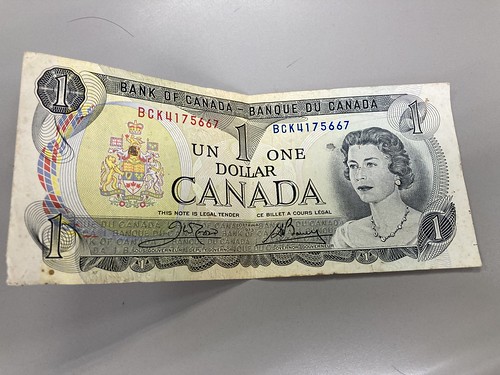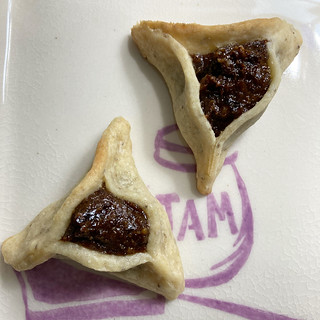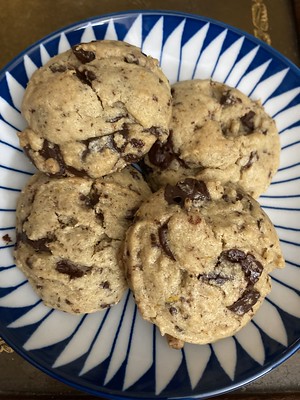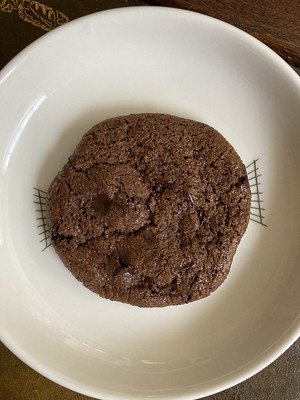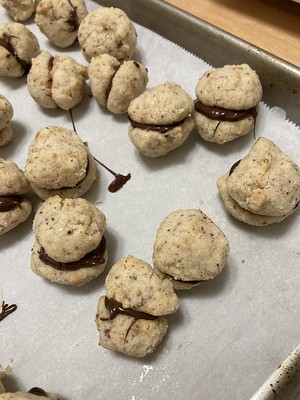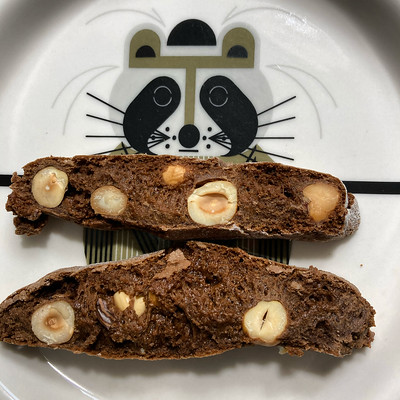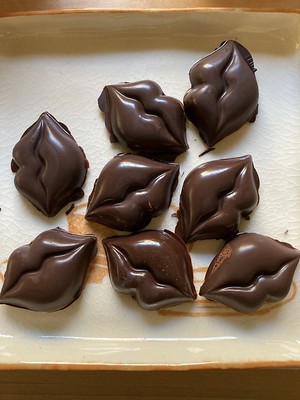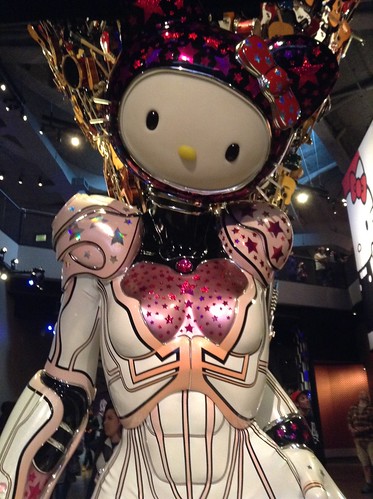I took 10 days at the end of December 2023 to go to Antarctica. I had no idea what to expect, other than penguins. I had a friend ask me what it was like, and he had done a stint in the Peace Corps in Namibia. I said, “Do you remember what it felt like when you got back from Africa?”
He said, “Yeah.”
I said, “It was like that.”
He said, “I totally get it.”
Having said that, I will try to share a few impressions.
Here is what I have to say about Antarctica. It is an incredibly beautiful place, unlike any place I’ve ever been. There is ocean, massive amounts of water, full of life – from the penguins porpoising through the water to the whales surfacing to breathe to the petrels flying above. Unseen to our eye is the phytoplankton and krill, which everything else in Antarctica eats. Literally every other animal eats krill. Side note, go watch Happy Feet 2 just for the krill subplot.
There are towering mountains, covered with glaciers and ice, icebergs of all shapes, and very little color. The landscape is incredibly monochromatic, whites and shades of gray and black, with washes of blue in the sky and ice. The gentoo penguins have bright orange beaks, and I found some lichen but there is nothing that grows on the ground – other than moss. No trees, no bushes, no grass. It is wild beyond imagining, so vast, so incomprehensible.
I would be remiss if I didn’t mention the sky, ever changing. Sometimes blue, sometimes gray and full of clouds, and on one day it snowed all day. The weather was on our side. We were very lucky. There was a group two trips before us who started their time on the boat a day late and had to return to the continent a day early. It was summer there, and the sun set at 12:30 a.m. and rose at 2:30 a.m. I felt outside of time, suspended in this special place.
I know folks have a lot of questions, many around the logistics, so I have described them below.
Itinerary
Wednesday: left Seattle early in the morning.
Flew Seattle -> Miami -> Santiago -> Punta Arenas. This took ~30 hours
Thursday: arrived Punta Arenas
Friday: day in Punta Arenas.
Saturday: took a 2 hour flight from Punta Arenas to Frei Station in the southern Shetland Islands. Got on a zodiac to the boat. Spent the afternoon getting various briefings about safety and what to expect.
Transit the Bransfield Strait overnight
Sunday:
Morning excursion: D’Hainaut Island, Mikkelsen Harbour
Afternoon excursion: zodiac cruise Cierva Cove
Monday: transit the Lemaire Channel
Morning excursion: Petermann Island
Afternoon excursion: Pleneau Island
Tuesday:
Morning excursion: Neko Harbor (continental touch!)
Afternoon excursion: Cuverville Island
Transit the Bransfield Strait (12-foot swells thank you ZOFRAN)
Wednesday:
Morning excursion: Deception Island (active volcano!!)
Afternoon excursion: Half Moon Island (chinstrap penguin chicks)
Thursday: reversed back. Got off ship and on zodiac from ship to shore at 8:00 a.m., waited for ~90 mins for plane to arrive, then flew back to Punta Arenas where we spent the night.
Friday: started return journey home. Punta Arenas -> Santiago -> Atlanta -> Seattle.
Saturday: arrived back in Seattle
click on the picture below to go to the full album (there are also some videos in there)
What I brought:
- 2 pairs of fleece leggings
- Rubber/waterproof pants
- Heavy parka
- Neck gaiter
- Hat
- Gloves
- Warm wool socks (to wear with boots)
- Long sleeve cotton shirts (if you sweat a lot I do not recommend cotton for a base layer)
- 3 Smartwool tops
- 1 lightweight wool/cashmere sweater
- 1 heavy cashmere sweater
- Sunscreen
- Sunglasses
- Hand/body lotion
- Camera
- Phone
- Binoculars
- Plug adapters
- Antinausea medication (we brought Zofran)
Depending on what operator you go with, you may have the option to rent things. The operator we took provided the boots. My sister also rented pants and a backpack. Our operator provided hiking sticks at every excursion.
Additionally, on our trip all of the expedition team were allowed and encouraged to intermingle with the guests, sitting with us at meals, etc. This is not the case on every boat. It’s worth finding out what the policy is. It made for a very intimate experience for us.
Let me know what questions you have! I will try to answer them for you.





